Aries Cheung: Artist explores and expands identity
Updated: 2015-01-23 05:47
By CLORIE NG in Toronto For China Daily(China Daily Canada)
|
||||||||
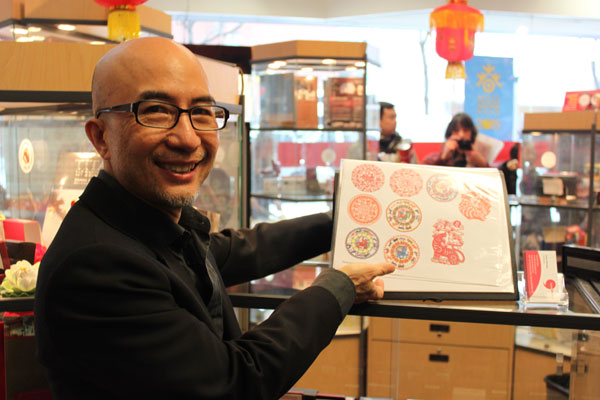 |
|
Aries Cheung said that his inspiration of art design stemming from Chinese traditional culture. LI NA/ CHINA DAILY |
Aries Cheung is a man with many identities. He is the art director of his graphics communication company TransMedia9, a visual artist, an illustrator, a film and video maker and a teacher.
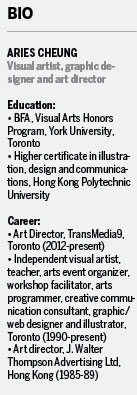
His portfolio ranges from paintings and installations for solo or group exhibitions to illustrations for children books, graphic design for publications and advertisements, and digital imaging projects and multimedia productions, which see him orchestrating things behind the scene or performing on stage.
Recently, he attended the unveiling of the Royal Canadian Mint 2015 Chinese Zodiac Coin Collection for the Year of the Ram. As the winner of a Royal Canadian Mint design competition, Cheung has created the popular lunar series since 2010.
Meeting an artist like Cheung makes one feel like encountering the zodiac character he portrays — the ram (a homophone to the Chinese word “yang”) that embodies the energy of the sun, and a new beginning that’s bright and auspicious. Although not a zodiac aficionado, he did extensive research on the Chinese zodiac in the design process, and he opted for the ram instead of a sheep or goat because of the ram’s majestic spirit and strength.
On the coin, a ram stands at ease on a hilltop, set to the sunset, emanating agility, courage and progress.
Incidentally, Cheung’s connection with the ram goes beyond the Chinese zodiac; he also was under the astrological sign of Aries. Thanks to a friend who told him he personified Aries traits such as being artistic, magical and energetic, he decided to call himself Aries.
With the energy Cheung exudes, it is no wonder he stays up late, just to seize the dawn of his inspirations.
Over the past 30 years, Cheung has been expanding his horizon as an artist who crosses genres, sectors, cultures, and communities. Cheung’s works often deal with racial identity and sexuality and use portraits, figures or the human body to illustrate them. He continually explores politics that affect his communities.
Cheung emigrated from Hong Kong more than 20 years ago and describes himself as part of a diaspora, although he said that his identity has become very different since he arrived in Canada. He would now call himself a “Chinese Canadian”, adding that his sense of belonging would extend to the Asian community, be it Japanese, Korean or other ethnic groups.
“Art is personal, personal is political,” is Cheung’s mantra.
Cheung’s exhibitions and projects bear intriguing titles such as ArtEquity, Private Parts, Genderless Generation and Salt Fish Girl.
His latest works include a feature film about an American journalist in China, which was mostly shot in Asia and is now in post-production. He’s also writing a musical about a transsexual woman, which was based on a true story that happened around him.
Whether it’s about identity or sexuality, Cheung said his inspiration and passion sometimes stem from his reaction to certain issues and anger about the injustice he witnesses happening to certain marginalized communities.
Cheung admitted that there’s bit of an activist in the artist. When he was in high school, he was drawn to social work and was an active member of the Social Service Club, which helped children and seniors.
Yet his heart was set on art, and he found that path less academically demanding than social work. So now he combines activism with his art, striking a balance between commercial and fine arts.
He attributed that practicality to his childhood background and experiences, growing up in a family with parents migrating to Hong Kong as “boat people” from Chinese mainland. Living a modest life with mere subsistence, he was attuned to work ethic, responsibilities and making ends meet.
Cheung got a job after high school, but didn’t give up on his dream of becoming an artist. He studied graphic design at the First Institute of Art and Design in Hong Kong, and then took illustration, design and communications courses at Hong Kong Polytechnic University.
Following the career path of a graphic artist, he later became the art director of leading advertising company J. Walter Thompson. Yet it was all work and no social life, as his days passed with one project after another and many nights on the floor of his office in a sleeping bag.
Cheung weighed the limited opportunities in Hong Kong for studying fine arts, so he decided to immigrate to Canada and start a new life as a visual art student at York University.
While working as a Toronto-based designer, he has put on numerous solo and group shows in Hong Kong and Canada. He also has been an art-grant jury member for the Toronto Arts Council and has recently taught at the Centre for Creative Communications at Centennial College in Toronto. He frequently contributes his artistic skills to non-profit cultural organizations and community events.
Cheung had worked as a full-time staffer at Asian Community AIDS Services, facilitated and coordinated community art projects for various organizations, and collaborated with dance and theater companies on multimedia projects.
Some of the most memorable moments for him include grouping together different artists, performer and Asians with HIV for a show called Temple Street (inspired by a notorious street in Hong Kong inhabited by street performers and fortunetellers) at the International AIDS Conference in Toronto.
Looking back at his achievements, Cheung is reluctant to call himself a “successful” artist, and mused on the meaning of success: “When I was 20 years old, I would be dreaming of becoming a well-known artist; but now, I believe that what matters is to do what I love, and money will come.”
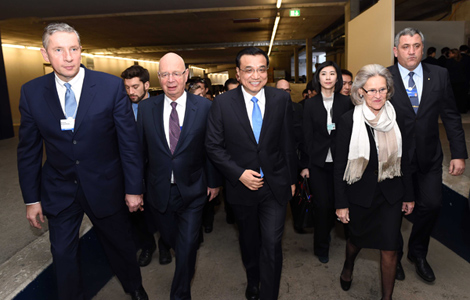
 Li predicts bright future for real estate
Li predicts bright future for real estate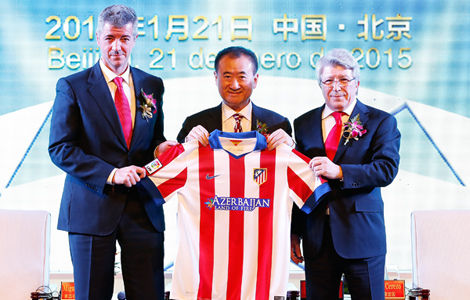
 Wanda boosts its branding in Europe
Wanda boosts its branding in Europe
 Ontario highlighted in overseas investment forum
Ontario highlighted in overseas investment forum
 Texas executes man convicted of killing 3
Texas executes man convicted of killing 3
 US, Cuba end migration talks
US, Cuba end migration talks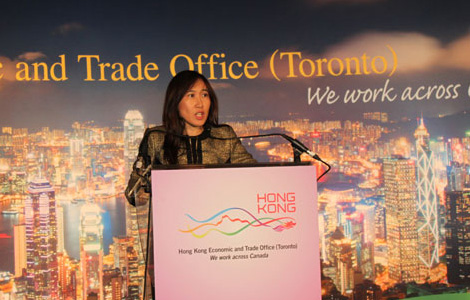
 HK trade office refresh ties in Toronto
HK trade office refresh ties in Toronto
 US Justice Department ready to clear Ferguson
US Justice Department ready to clear Ferguson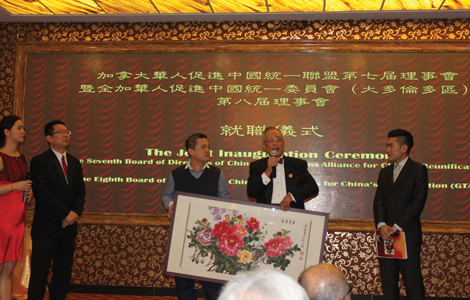
 Across Canada Jan 21
Across Canada Jan 21
Most Viewed
Editor's Picks

|

|

|

|

|

|
Today's Top News
Bank takes renminbi-clearing seriously
Traditional Garb
HK trade office refresh ties in Toronto
Chinese developer buys Canadian ghost town
Beijing gears up for Super Bowl
Li's Davos speech draws praise
China offers Swiss $8b quota for yuan trading
More subsides for intl students
US Weekly

|

|







